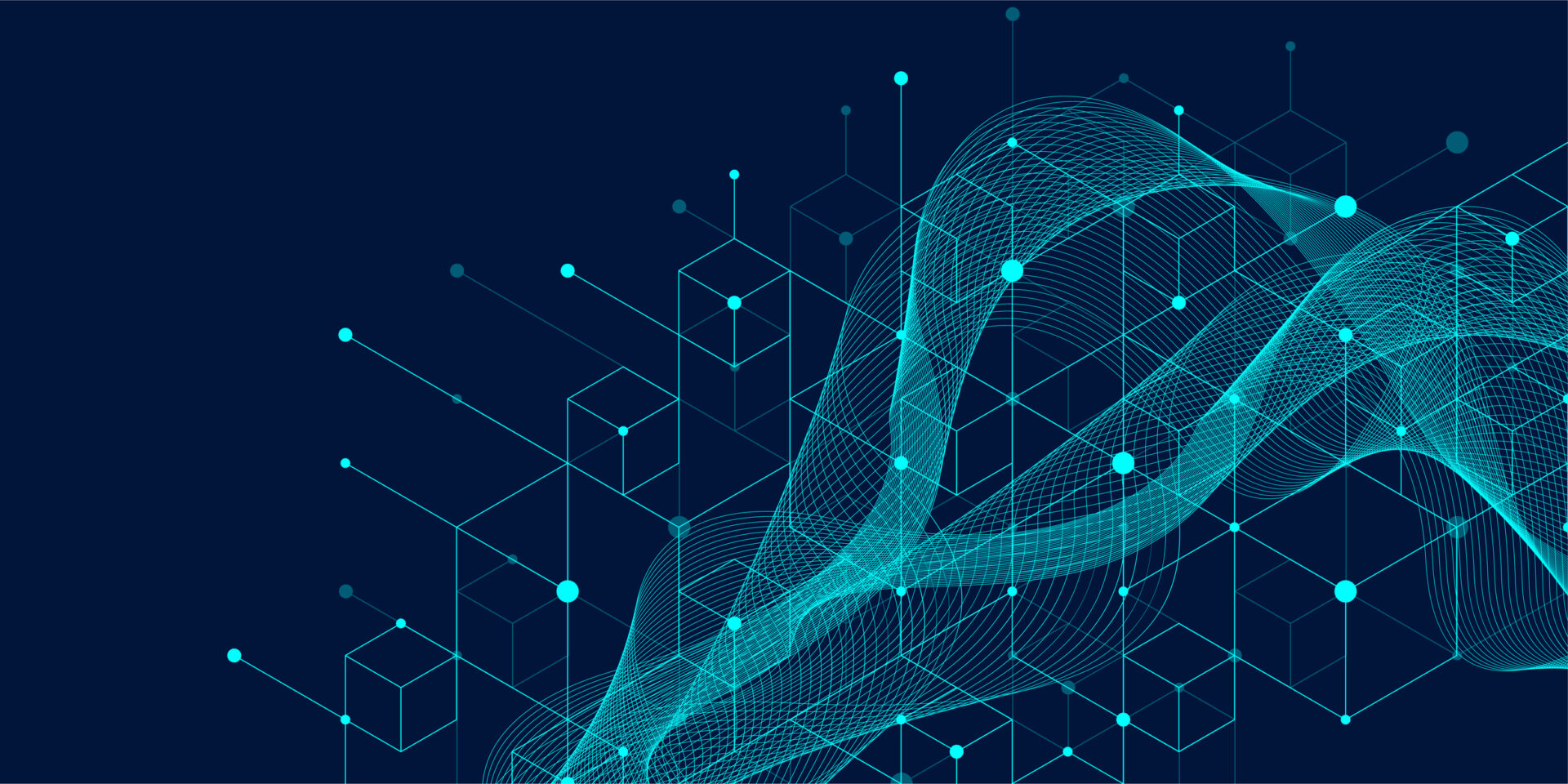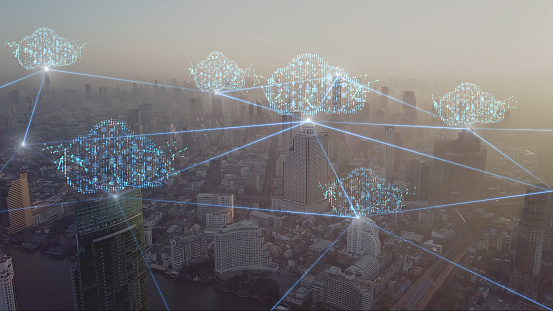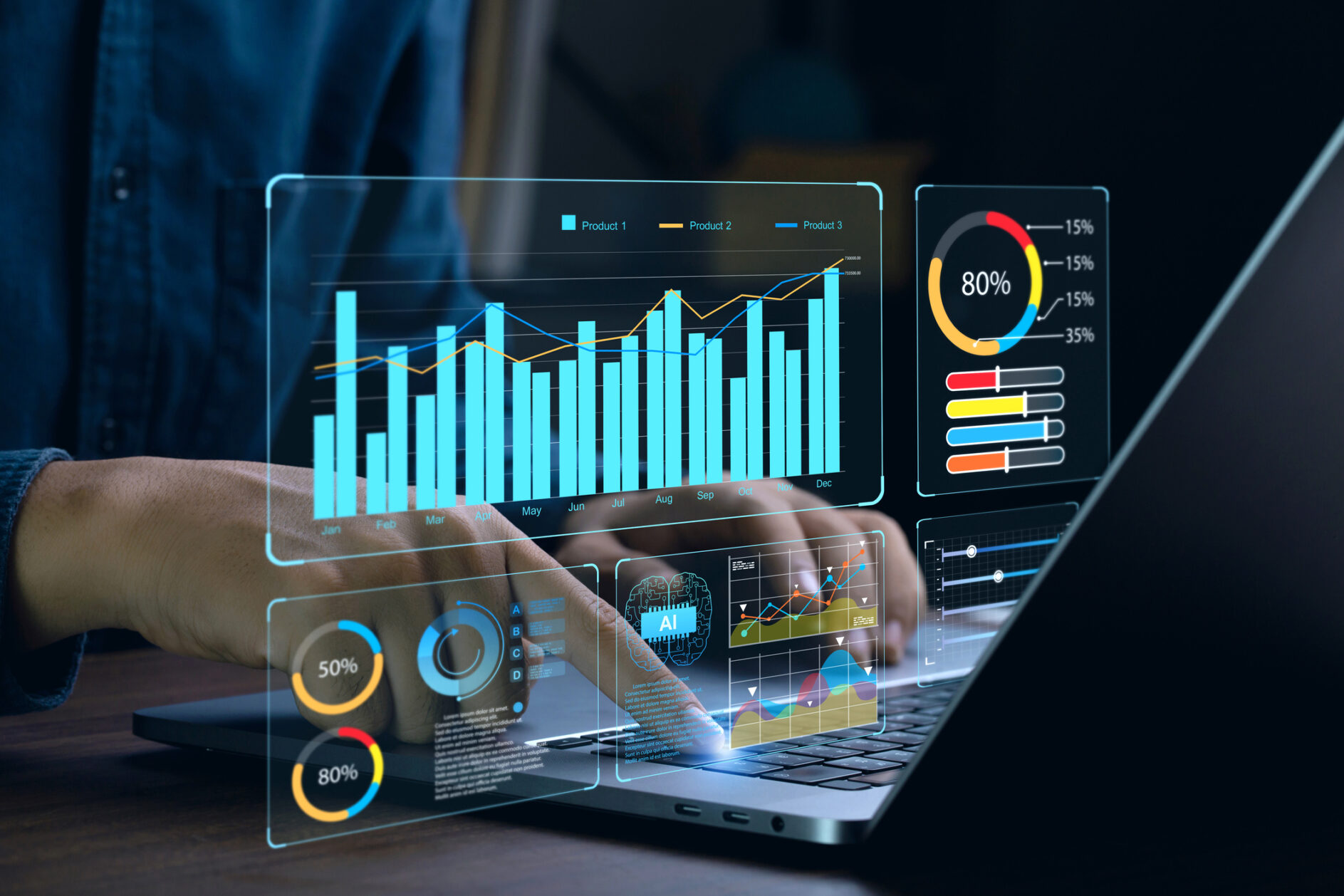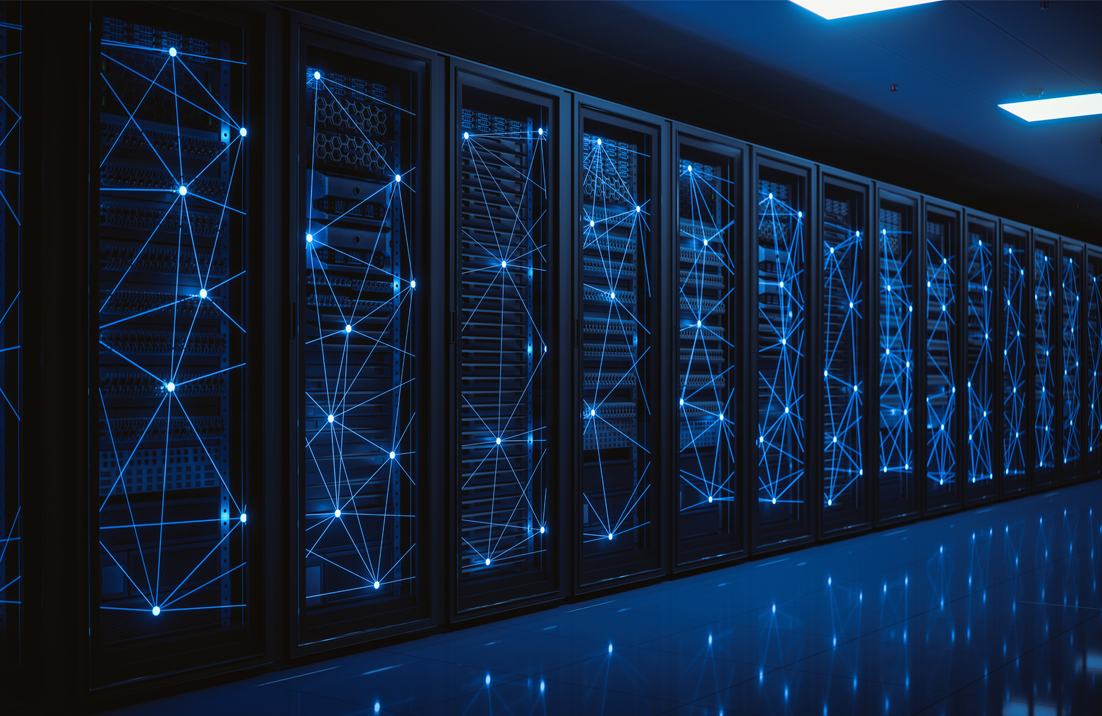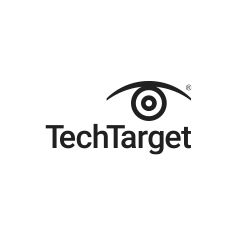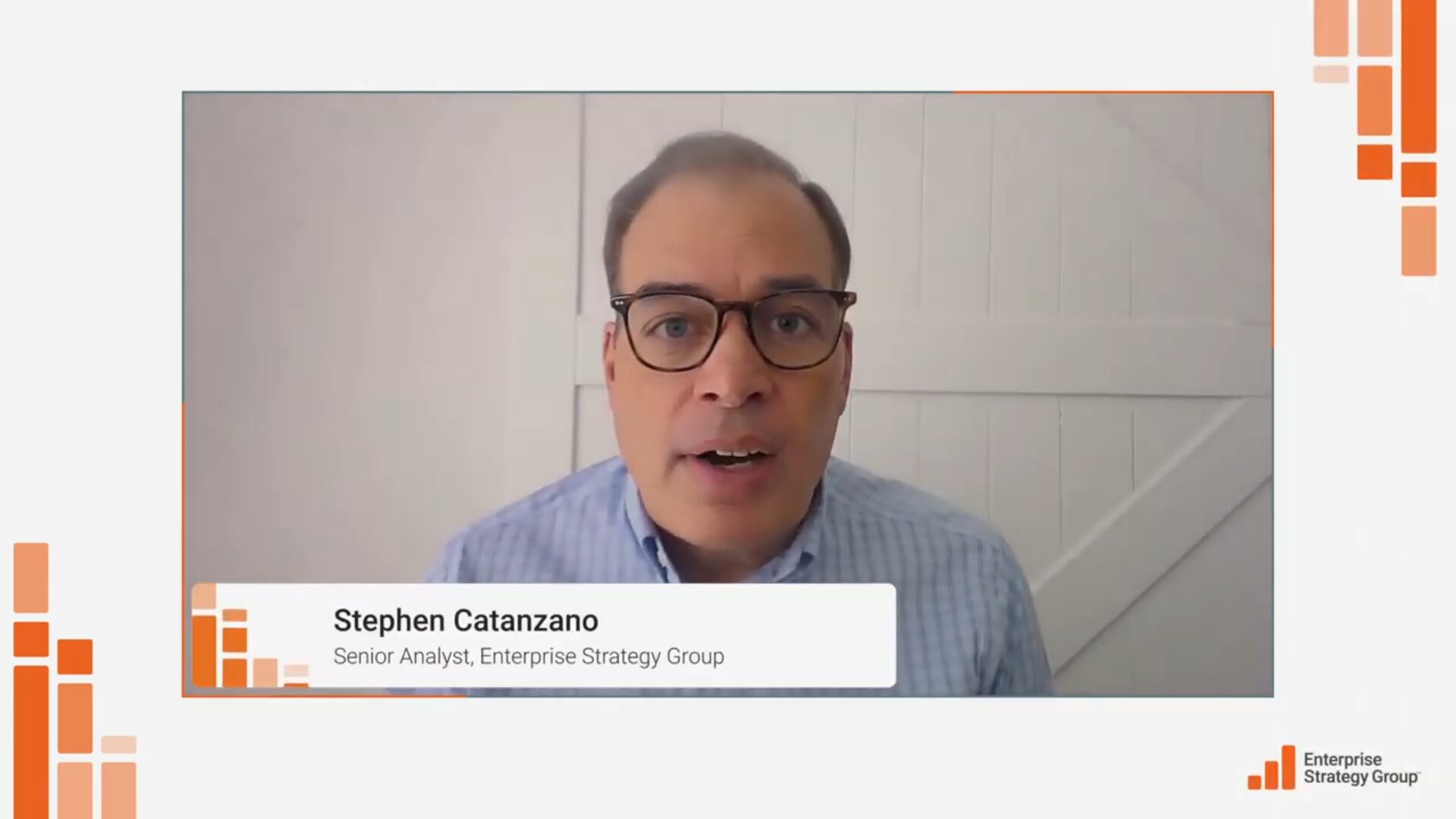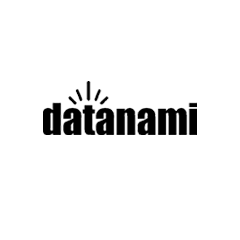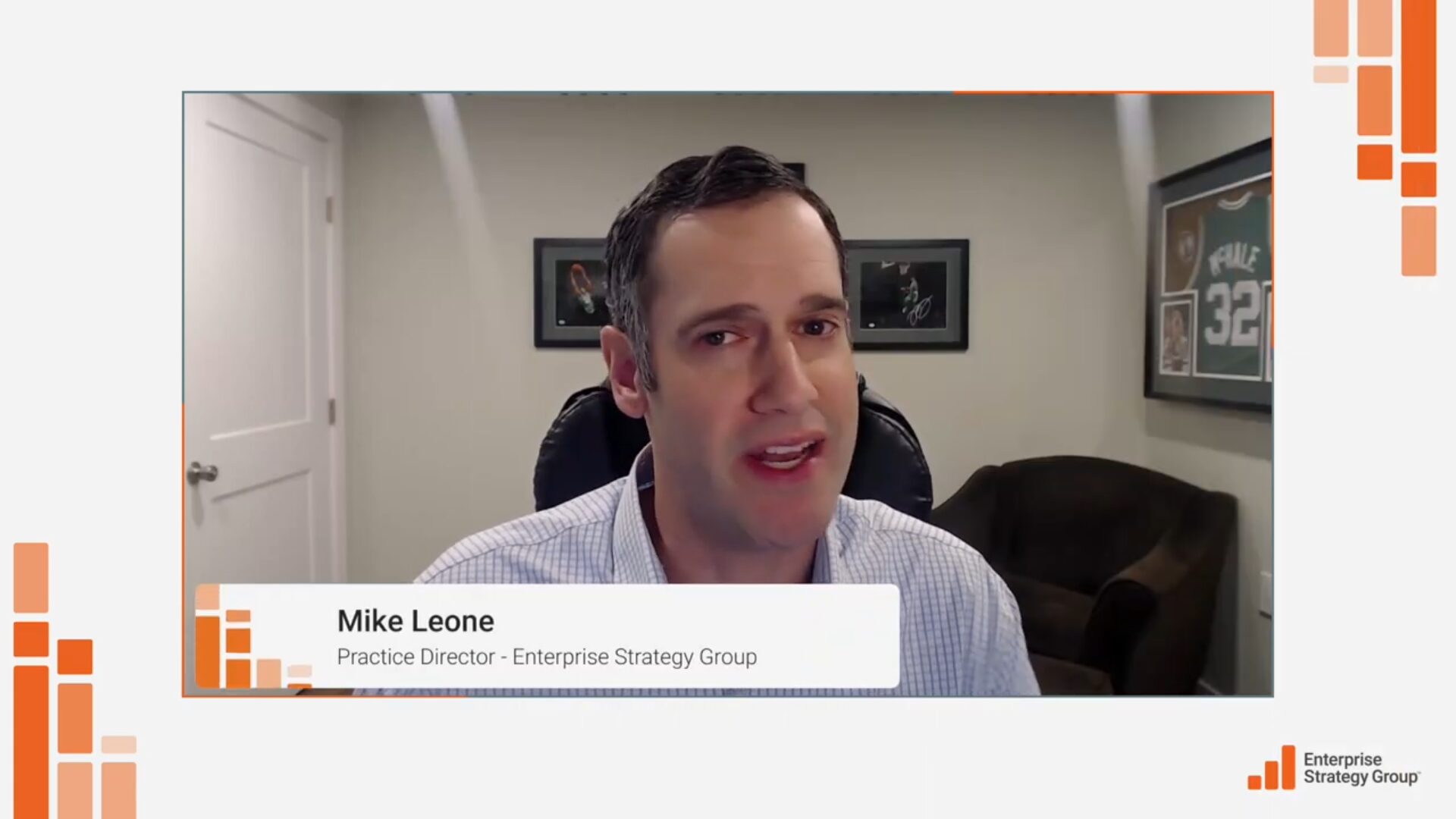Various challenges complicate the process of researching, evaluating, purchasing, and deploying integrated solutions from strategic vendor partners. Research by TechTarget’s Enterprise Strategy Group found that current users encounter unique challenges in each stage—and for each stage, only about one-fifth of survey respondents said they didn’t experience any challenges. The often self-guided education that occurs during the research stage of the buyer’s journey is critical not only for solution selection, but also for project success and follow-on investments with the providers of the integrated solution. Buyers need to push solution vendors to address common challenges, while partnering vendors must take a unified approach in doing so.
Data Management, Analytics & AI
-
-
Research Objectives
To assess the current and future landscape for data platforms, including supportive technologies and processes, Enterprise Strategy Group surveyed 354 IT professionals in North America (US and Canada) involved with decisions for data and analytics, modern tooling, data technologies, and data-centric processes in their organization.
This study sought to answer the following questions:
- How many tools or services do organizations leverage across all stages of their data platforms, from initial data collection to data visualization?
- What are the key drivers behind modern data platform strategies?
- Which areas of data platforms are most important? Which are most challenging?
- How effective is the interoperability between different vendors contributing to data platform components?
- What is the average delivery time for getting decision-making data to stakeholders? How will this change over the next 24 months?
- How effectively are organizations delivering the right data to the right users at the right time?
- What role do cloud services play in supporting modern data platform strategies? What are the drivers behind the use of cloud services for these platforms?
- Who are the data stakeholders in organizations? To what extent is the number of data stakeholders growing?
- From how many sources do organizations collect data to support their modern data platform initiatives? What types of data sources are used?
- What are the most important expected outcomes from implementing data integration tools or services?
- What types of data repositories are organizations currently using to store data for analysis and processing? What types of data repositories will they be using in 24 months?
- What is the current and future adoption status for data organization tools and services such as data preparation, quality assurance, orchestration, classification, and cataloging?
- What is the current and future data analysis and visualization tool adoption status?
- How does data analysis impact organizations’ decision-making abilities or competitive advantage?
- How will spending on data platform technologies change over the 12 months? Which technologies will represent the most significant investments?
-

Data protection is evolving to adjust to new IT infrastructure driven by digital transformation, cyber threats, legal mandates, and the risk of data loss.
Data protection software and services are essential for preventing downtime, ensuring IT continuity, and facilitating system and data recovery. They are also crucial in the fight against ransomware.
Enterprise Strategy Group’s Data Protection analysts and demand-side research cover the technologies and services available, both in the data center and in the cloud, including:
- Backup
- Business continuity/Disaster recovery
- Cloud data protection
- Compliance
- Cyber resilience/Ransomware
- Data privacy regulations
- Data protection
- Data replication
- DRaaS
- E-discovery
- Intelligent data management
Research Brief
How Commercial Discovery and Classification Tools Can Ease Data Resilience Skill Shortage Impacts
While even the best-resourced IT organization can perpetually feel like they need more help on hand to contend with the intense cybersecurity threat landscape, some organizations are solving the situation by deploying third-party tools to supersede internally developed tools. Internal resource constraints are forcing firms to find novel ways of stretching thin pools of expertise […]
Analysts Covering Data Protection

Jon Brown
Senior Analyst, Data Protection, Ops & Sustainability
Areas of Expertise
- AIOps
- Backup
- Business Continuity/Disaster Recovery
- Data Protection
- DRaaS
- FinOps
Recent Data Protection Insights
Research Brief | August 1, 2025
Private AI Modernizing Networks, Data Protection, and Storage
Research Brief | March 26, 2025
IBM Announces IBM Storage Ceph as a Service
Research Brief | February 28, 2025
HPE ProLiant Compute Gen12 Enhances Security and Efficiency for the AI Era
Research Brief | February 25, 2025
Cloud Business Resilience With Commvault Cloud Rewind
-

Digital transformation and digitizing data have brought things like data governance, stewardship, observability, and ITOps into the spotlight.
High-quality data is a prerequisite for reliable and trusted analytics and AI results. Analytics initiatives won’t pay off as expected unless the underlying data is aligned with them.
Enterprise Strategy Group’s Data Platforms analysts and demand-side research cover every aspect of an organization’s data platform strategy and technology framework, including:
- Data collection
- Data integration
- Data management
- Data observability
- Data platforms
- Data preparation
- Data quality
- Data search/log
- Data streaming
- Data transformation
- Data virtualization
- Data warehousing
- Databases
- DataOps & data mesh
Research Report
Rethinking Database Requirements in the Age of AI
The growing use of GenAI is changing how businesses manage operations and make decisions. Databases are becoming the core infrastructure of AI-based projects, providing the foundation for use cases that require efficiency and accuracy. It’s now a necessity to use cutting-edge tools such as vector and RAG for processing AI data, and organizations are seeking […]
Analysts Covering Data Platforms

Stephen Catanzano
Senior Analyst, Data Management
Areas of Expertise
- AI Tools for Data
- Data Foundations for AI
- Data Lakes & Warehouses
- Data Management
- Data Observability
- Data Platforms
Recent Data Management Insights
Research Brief | August 25, 2025
Nasuni Doubles Down on Intelligence Layer for Unified File Data Platform
Blog | July 22, 2025
Oracle Expands Multi-cloud Offering With AWS to Meet Enterprise AI Data Strategy
Research Brief | July 22, 2025
The End of the Storage Silo? Pure’s Enterprise Data Cloud Promises a New Era for Data Management
Research Brief | July 18, 2025
Starfish Storage’s Metadata-driven Approach for Unstructured Data Management Strikes a Chord in the AI Era
-

Companies must quickly, easily, reliably, and securely process, merge, transform, and transact with data to derive value and insights at the speed of business.
Organizations must improve data management efficiency to effectively leverage their data.
According to our latest spending intentions research, AI, data science and machine learning ranks 2nd among broad IT initiatives that have become significantly more important to organizations’ futures over the past two years. ESG Data Analytics & AI analysts and demand-side research help tech vendors succeed in this rapidly evolving market by covering essential topics that include:
- Analytics
- Artificial intelligence hardware
- BI & data visualization
- Data platforms
- Data science & machine learning platforms
- Databases, warehouses, lakes & platforms
- DataOps & MLOps
- Generative AI
- Speech, NLP & computer vision
Research Brief
Data Complexity Inhibits Large Midmarket Organizations Along Their AI Journey
Although teams across industries are eager to unlock the potential of AI within their businesses and operations, they regularly run into roadblocks in integration complexity, data source utilization, and data quality and trust. Recent research by Enterprise Strategy Group, now part of Omdia, revealed that some of these issues might be correlated to organizational size […]
Analysts Covering Data Analytics & Artificial Intelligence

Mark Beccue
Principal Analyst, Artificial Intelligence
Areas of Expertise
- AI Development Platforms & Tools
- AI Lifecycle Management
- AI Risk Management
- Foundation Models/LLMs
- Legacy and Generative AI
- Natural Language AI

Mike Leone
Practice Director, Data Management, Analytics & AI
Areas of Expertise
- Analytics
- Artificial Intelligence (AI)
- BI & Data Visualization
- Data Platforms
- Data Science/Machine Learning
- Data/AI Lifecycle
Recent Data Analytics & Artificial Intelligence Insights
Infographic | September 12, 2025
The Critical Role of Storage in Building an Enterprise AI Infrastructure
Research Report | September 12, 2025
The Critical Role of Storage in Building an Enterprise AI Infrastructure
Survey Results | September 12, 2025
The Critical Role of Storage in Building an Enterprise AI Infrastructure
Research Brief | September 9, 2025
SentinelOne To Acquire Prompt Security To Take On Shadow AI
-
In today’s data-driven world, the power of artificial intelligence (AI) and advanced analytics is undeniable. They have the potential to revolutionize industries, drive innovation, and unlock valuable insights. However, behind every successful AI and analytics initiative lies a crucial foundation: excellent data management capabilities.
In a recent research survey from TechTarget’s Enterprise Strategy Group, Data Platforms: The Path to Achieving Data-driven Empowerment, when they were asked about the most important areas of their data platform, 31% of organizations ranked data management, including databases, at the top. In the same survey, 50% of participants identified faster business decision-making as the leading driver and goal for their modern data platform strategies, with 19% focused on creating competitive advantage. Database performance is critical to reaching the data-driven outcomes desired by organizations.
Oracle has introduced its latest addition to the Exadata database machine family, the Exadata X10M, which is powered by AMD’s EPYC server processors. This release marks a significant milestone for Oracle and its database performance capabilities. The Exadata platform is known for its co-engineered hardware and software, specifically designed to support enterprise data management. It offers a complete stack system with optimized processors, memory, and storage, as well as system software for efficient data storage, indexing, and movement. With the Exadata X10M, Oracle continues its commitment to delivering high-performance database servers by leveraging AMD’s EPYC CPUs, incorporating up to 96 multithreaded cores, DDR5 memory, and RDMA over Converged Ethernet (RoCE) for low-latency, high-bandwidth connectivity.
Oracle’s optimization efforts extend beyond hardware to its software stack, ensuring linear scalability and maximum performance across multiple cores. The Exadata X10M stands out with its high performance, surpassing its predecessor, the X9M, in terms of OLTP performance, analytics, and database consolidation. Oracle’s decades-long expertise in both enterprise database software and hardware solutions enables the company to provide a tailored data management platform that combines performance, value, and cost-effectiveness.
Customers can deploy Exadata on-premises, in the cloud, or as a hybrid solution, benefiting from Oracle’s collaboration with public cloud providers and high-speed interconnectivity options. Overall, Oracle’s focus on innovation and customer-centric solutions positions Exadata X10M as a compelling choice for organizations seeking high performance in their data management and analytics initiatives.
-
About
Senior Analyst Stephen Catanzano brings more than 20 years of industry experience and deep expertise in data management to his role at Enterprise Strategy Group, where he focuses on how organizations can build a strong data foundation for generative AI and operationalize data at scale to maximize organizational value.
Alongside his operational roles in larger enterprises, Stephen has successfully created and grown multiple SaaS startups, led M&A transactions, and raised both venture and private equity capital.
Stephen holds a BS in Finance and Economics from Bentley University in Waltham, Massachusetts.

Maximizing the value of data is about building data-driven organizations by turning data at scale into intelligence for faster corporate and consumer decision-making, quicker innovations, competitive advantages, and achieving operational efficiencies.”
Stephen Catanzano
Senior Analyst, Data Management
Survey Results
Data Governance in the Age of AI
This Complete Survey Results presentation focuses on data user trends, data classification and lineage, drivers behind data governance strategies, challenges with data governance adoption, the impact of AI on data governance, the importance of data governance elements, and investment plans. Already an Enterprise Strategy Group client? Log in to read the full report. If you are […]
Stephen Has Appeared In






Latest Insights from Stephen
Research Brief | August 21, 2025
Cloudera and Dell Technologies Enable Trust, Compliance, and Innovation With Private AI in a Box
Blog | July 22, 2025
Oracle Expands Multi-cloud Offering With AWS to Meet Enterprise AI Data Strategy
Research Brief | July 8, 2025
Databricks Unity Catalog Establishes Trust and Control Over Your Data
Video | July 7, 2025
Data Readiness for Impactful Generative AI
See Stephen’s Content on TechTarget
-
About
Principal Analyst Mike Leone leads ESG’s analyst team focused on data management, analytics and artificial intelligence.
Mike draws upon his enthusiasm for bleeding-edge technology and his engineering and marketing background to provide a unique perspective to enterprise technology vendors. At Enterprise Strategy Group, Mike focuses on all things data, analytics, and AI. His passion shines through in helping organizations improve everything from go-to-market strategies and messaging to product development and content creation.
Mike has a strong technical background, with early roles in software and hardware engineering focused on future product feasibility, modeling, and performance. He gradually moved into roles that interfaced with marketing by helping translate deep technical concepts into understandable business benefits.
Mike holds a BS in Computer Science from Stonehill College in Easton, Massachusetts.

While data has the power to transform the business in radical ways, achieving data excellence requires an equal balance of tightly integrated technology, well-defined processes, and the empowerment of all stakeholders to confidently bring the right data to every decision.”
Mike Leone
Practice Director, Data Management, Analytics & AI
Survey Results
Evaluating the Pillars of Responsible AI
This Complete Survey Results presentation focuses on responsible AI maturity, prioritization, best practices, terms, outcomes, challenges, responses to issues, bias mitigation, measurements, acceptable fairness levels, data and analytics impact, and stakeholders. Already an Enterprise Strategy Group client? Log in to read the full report. If you are not yet a Subscription Client but would like to […]
Mike Has Appeared In






Latest Insights from Mike
Video | July 7, 2025
Evaluating the Pillars of Responsible AI
Video | July 7, 2025
Navigating the Generative AI Partner and Alliance Landscape
Research Brief | June 30, 2025
Moving Beyond Conversational Analytics With Qlik’s Agentic Experience
Research Brief | April 22, 2025
The Future of BI With Looker and Gemini
See Mike’s Content on TechTarget




